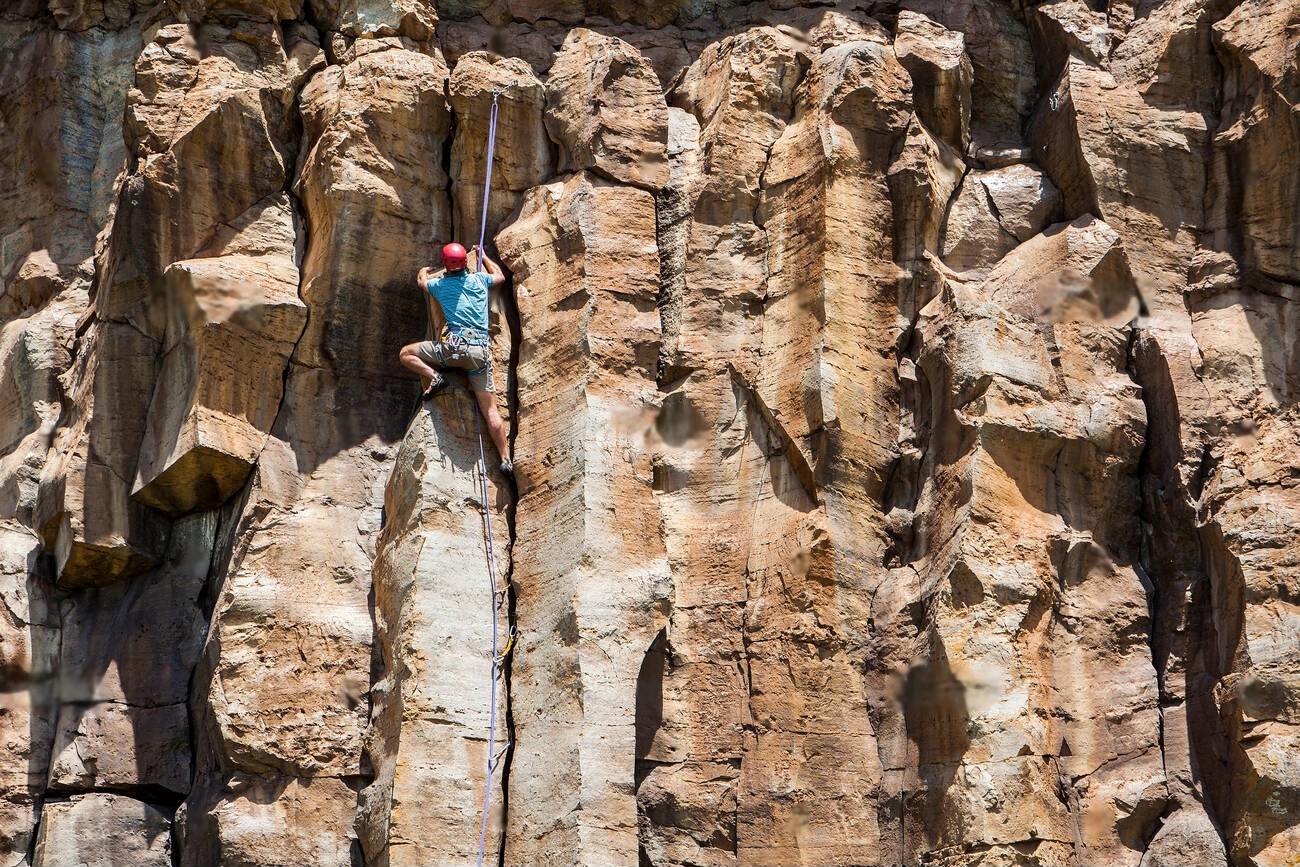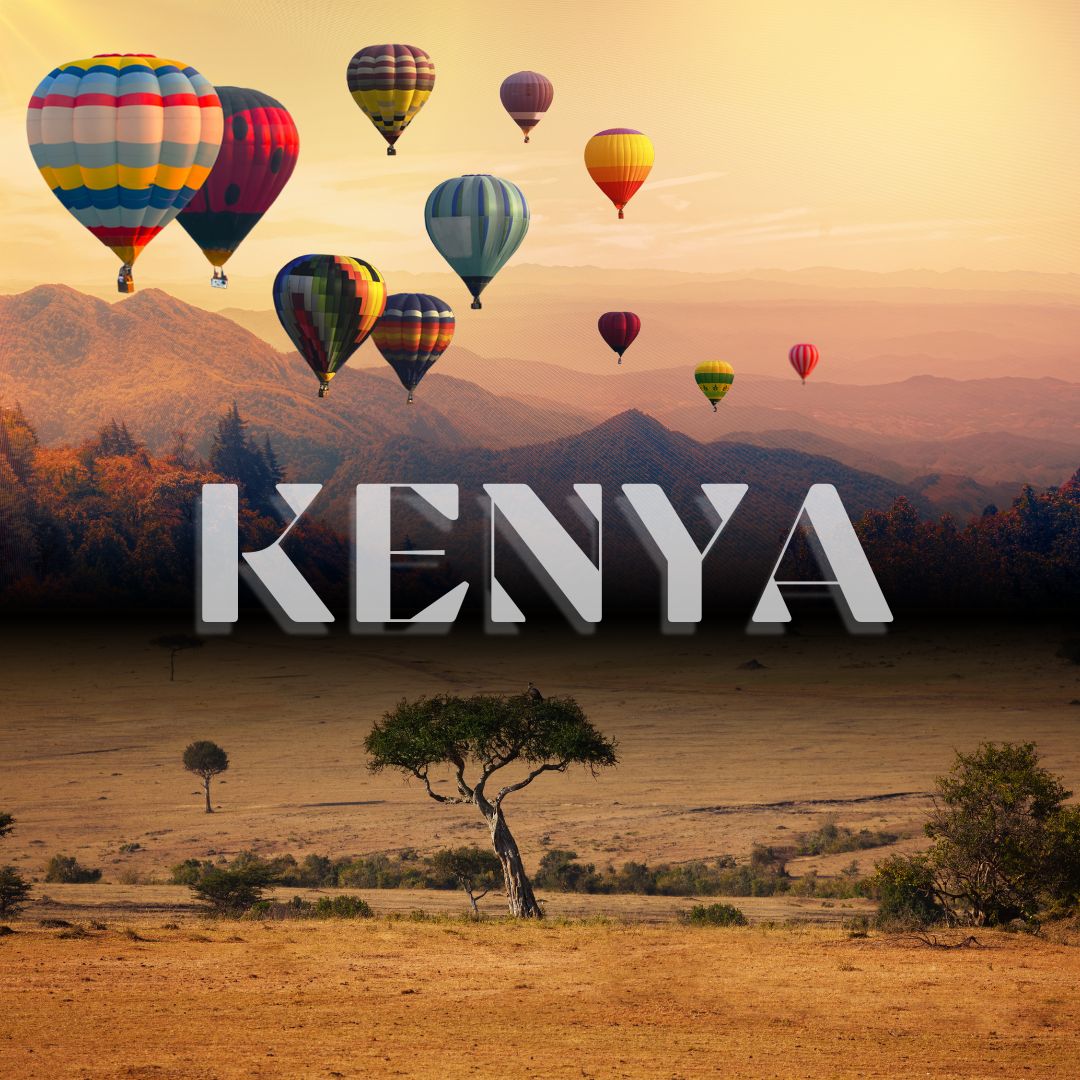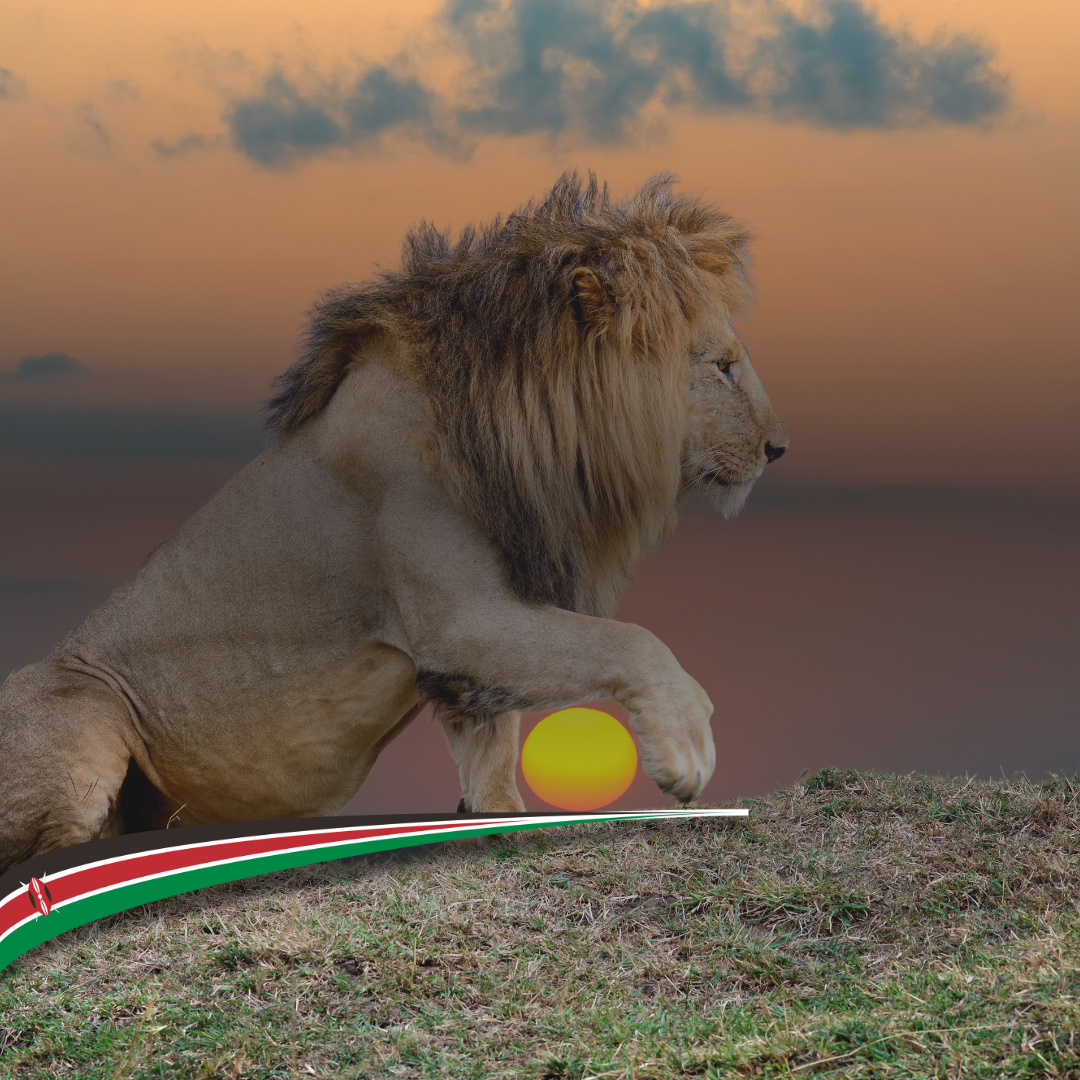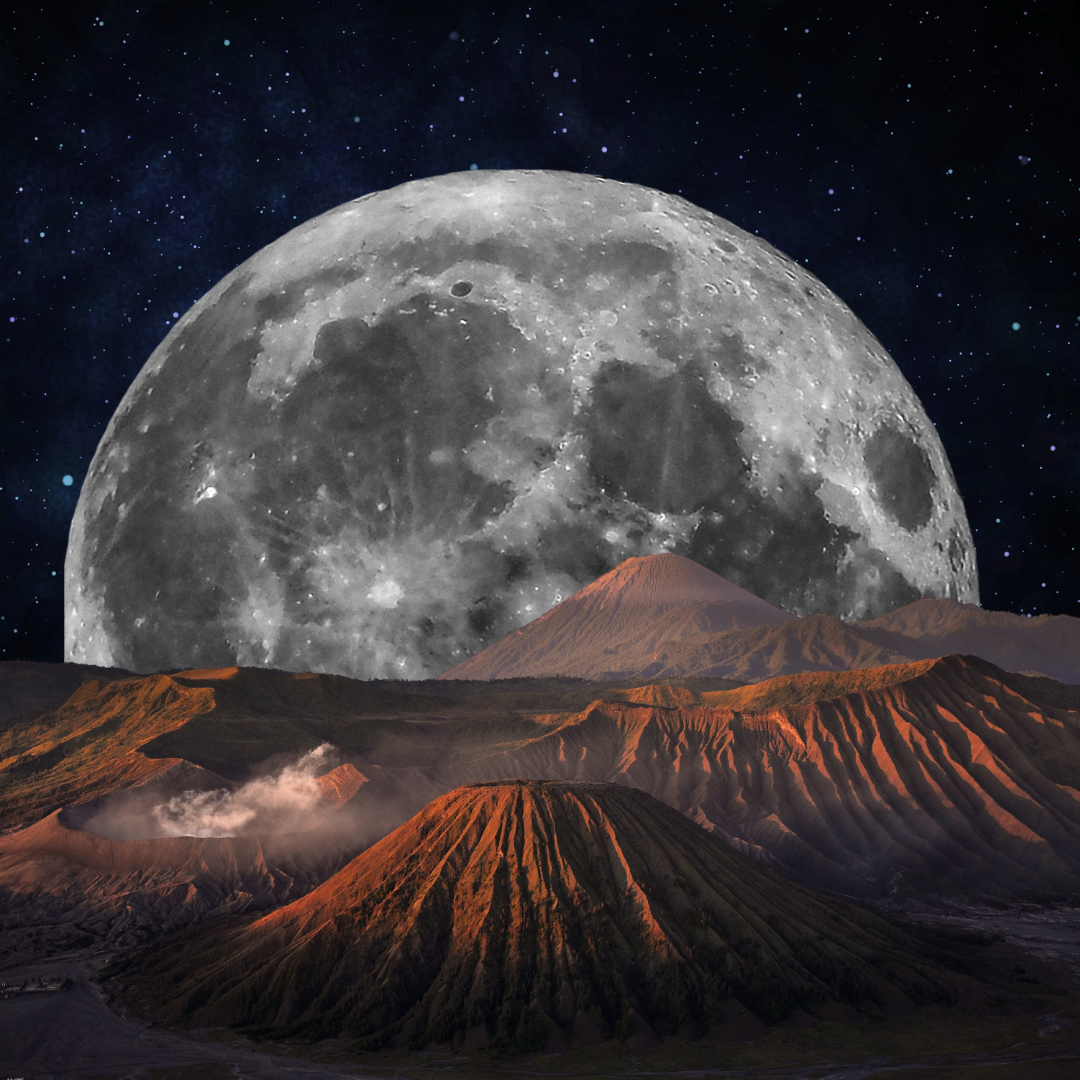Places to visit in Kenya includes breathtaking landscapes, diverse wildlife reserves, and rich cultural locations that make it a must-visit destination.
The sun rises over the savannah, painting the sky in fiery hues of orange and gold. A family of elephants moves silently across the horizon, silhouetted against the dawn light. In the distance, the snow-capped peak of Mount Kenya pierces the clouds.
This is Kenya-a land where nature’s most spectacular displays unfold daily.
Kenya isn’t just a destination, it’s an experience that awakens all your senses. Home to the world’s most magnificent wildlife spectacles, pristine beaches that stretch for miles along the Indian Ocean, and cultures so vibrant they’ll change how you see the world.
Did you know that Kenya hosts the largest wildlife migration on earth? Or that it’s possible to see a pride of lions in the morning and swim with dolphins in the afternoon? Or that Nairobi is the only capital city with a national park within its boundaries where lions roam free just miles from skyscrapers?
Let’s know about real Kenya!
Table of Contents
- Overview
- Fascinating facts about Kenya
- National Parks in Kenya
- Endless Beaches in Kenya
- Kenya City Tour
- Indigenous Community of Kenya
- Kenya Mountains
- Riyanka’s Kenya Visit Story
- Kenya is important for world
- Conclusion
Fascinating Facts about Kenya
- Kenya houses over 25,000 different animal species, including the “Big Five” – lion, elephant, buffalo, leopard, and rhinoceros.
- Kenya’s conservation efforts have resulted in an 11% increase in elephant populations since 2014, bucking global trends of wildlife decline.
- Kenya has played a pivotal role in human history, with Lake Turkana yielding some of the oldest human fossils ever discovered.
- The oldest nearly complete human skeleton, dating back 1.5 million years, was discovered in Kenya’s Turkana Basin.
- Within Kenya’s borders, you can experience tropical rainforests, vast savannahs, snow-capped mountains, and white-sand beaches – all within a country roughly the size of Texas.
- Kenya has pioneered mobile payment systems like M-Pesa, which handles more than 50% of the country’s GDP through digital transactions.
- Kenya’s mobile banking adoption outpaces many Western nations, making it a leader in financial technology.
National Parks In Kenya
Kenya’s national parks offer some of the most spectacular wildlife viewing experiences in the world, making them essential places to visit in Kenya for both international travelers and locals seeking to connect with the country’s natural heritage.
Masai Mara
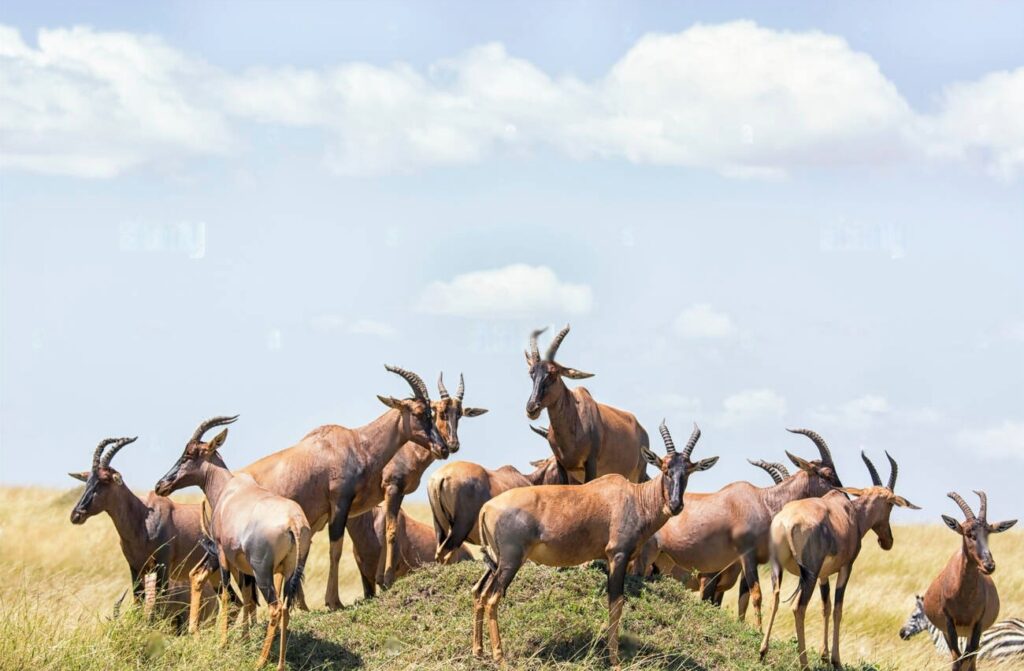
The Masai Mara National Reserve represents nature at its most theatrical. Each year between July and October, over two million wildebeest, zebras, and gazelles cross the Mara River from Tanzania in search of fresh grazing, a spectacle so magnificent it’s been dubbed “The Greatest Show on Earth.” The reserve also boasts the highest concentration of predators in Africa, with over 95 species of mammals and 570 recorded bird species.
Amboseli National Park

Amboseli National Park offers what might be Africa’s most iconic view: elephants roaming with the majestic Mount Kilimanjaro as a backdrop. Home to over 1,500 elephants, Amboseli has been the site of the longest-running elephant research program in the world, providing invaluable insights into these intelligent giants.
Tsavo East and West

Tsavo East and West together form one of Africa’s largest protected areas. The parks are known for their “red elephants” as a result of the elephants dusting themselves with the region’s distinctive red soil. Volcanic landscapes, including the Shetani lava flows, create an otherworldly environment unlike anywhere else on the continent.
Lake Nakuru National Park
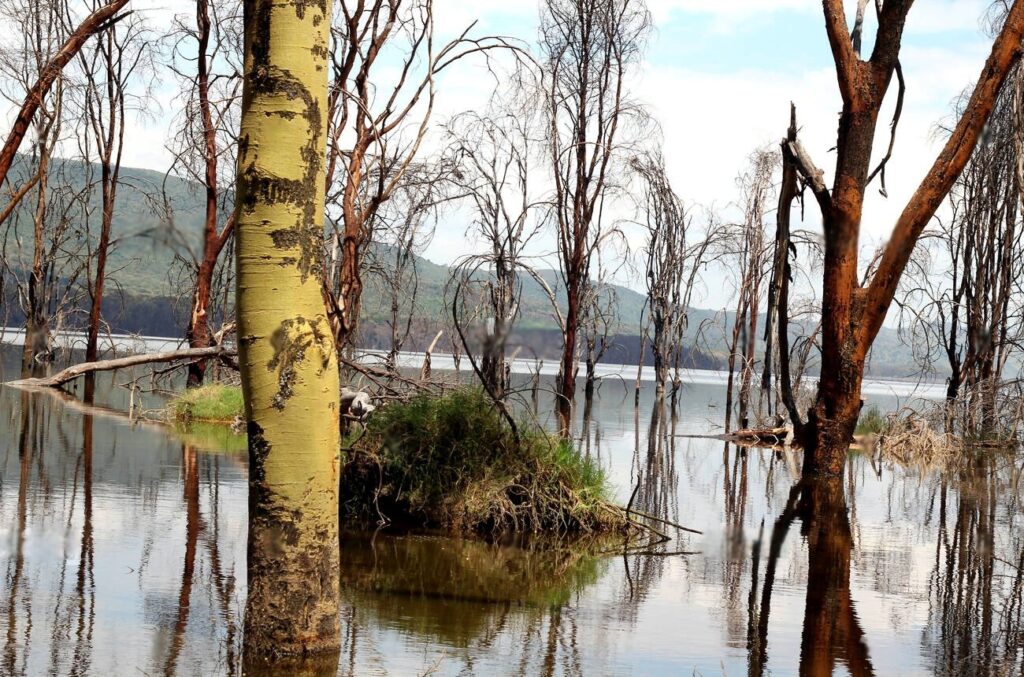
Lake Nakuru National Park presents a pink mirage as up to two million flamingos gather to feed on the lake’s algae. Beyond this spectacular sight, the park serves as a sanctuary for both black and white rhinos, offering one of Kenya’s best chances to observe these endangered species.
Samburu National Reserve
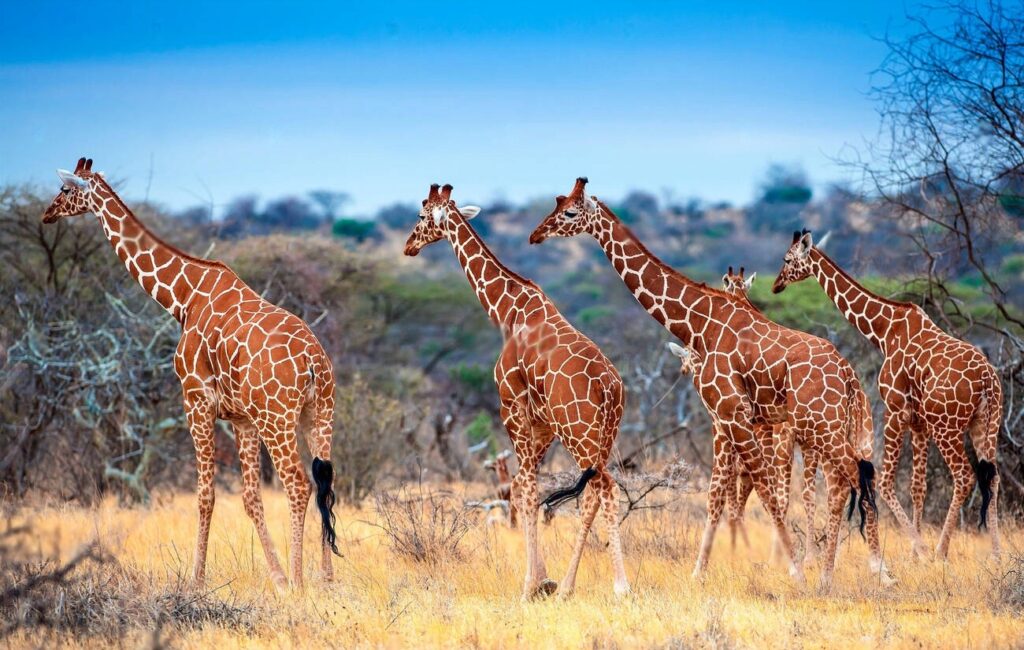
For those seeking less-visited gems, Samburu National Reserve offers unique wildlife found nowhere else south of the equator, including the reticulated giraffe, Grevy’s zebra, and the gerenuk , an antelope that stands on its hind legs to feed.
Endless Beaches of Kenya
Kenya’s pristine beaches along the Indian Ocean coastline, from Diani to Watamu, showcase powdery white sands and turquoise waters, making them mesmerizing places to visit in Kenya for those seeking both relaxation and adventure.
Diani Beach
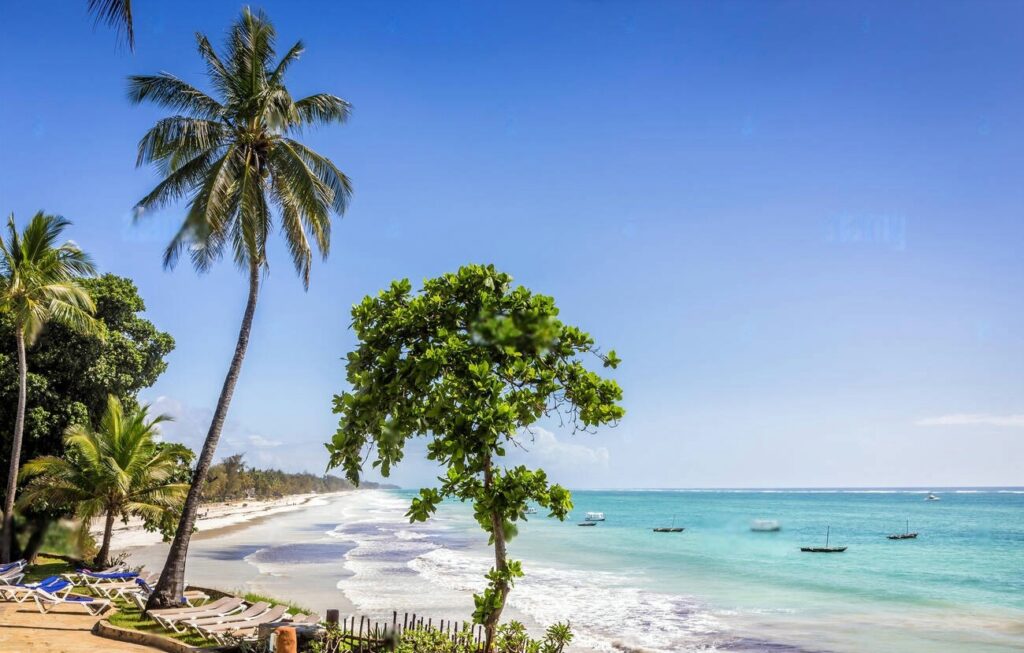
Diani Beach stretches like a white ribbon against the turquoise Indian Ocean. Its 17 kilometers of powder-soft sand have repeatedly been voted Africa’s best beach. Below the surface lies an equally impressive world coral gardens teeming with over 400 fish species, from tiny seahorses to graceful manta rays.
Lamu Old Town

The Lamu Archipelago transports visitors centuries back in time. Lamu Old Town, a UNESCO World Heritage site, represents the oldest and best-preserved Swahili settlement in East Africa. Narrow streets lined with intricately carved wooden doors lead to hidden courtyards, while dhows with billowing sails glide past just as they have for a thousand years.
Malindi Marine National Park
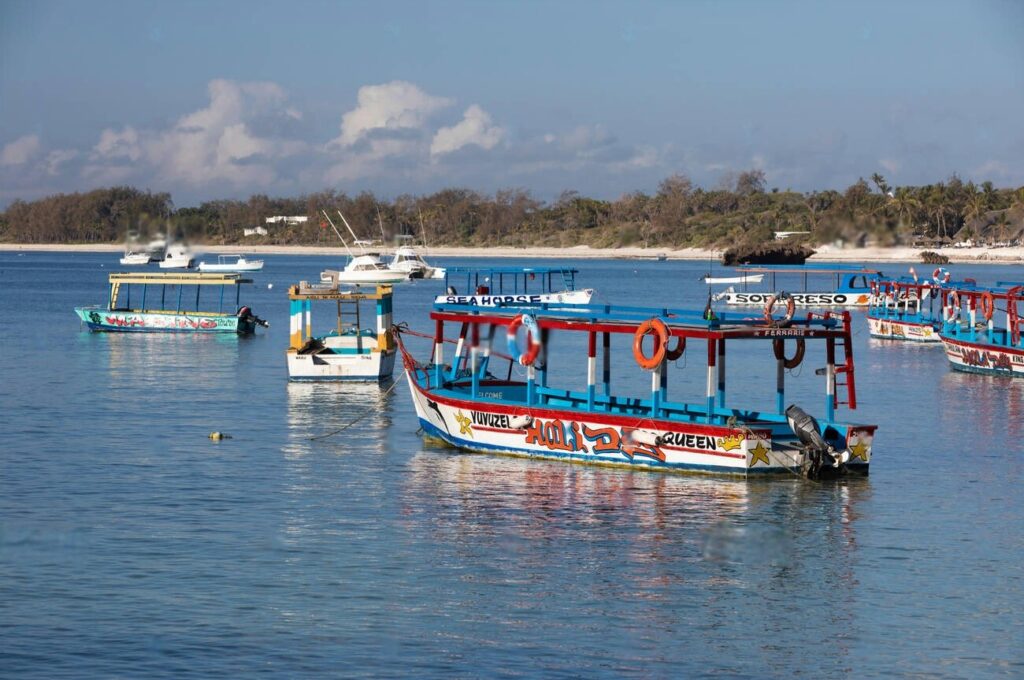
Malindi Marine National Park offers some of East Africa’s most pristine underwater ecosystems. The protected area encompasses vibrant coral gardens, seagrass beds, and mangroves that support an incredible diversity of marine life. Here, conservation efforts have helped fish populations recover, providing a glimpse of how oceans thrived before industrial fishing.
Watamu
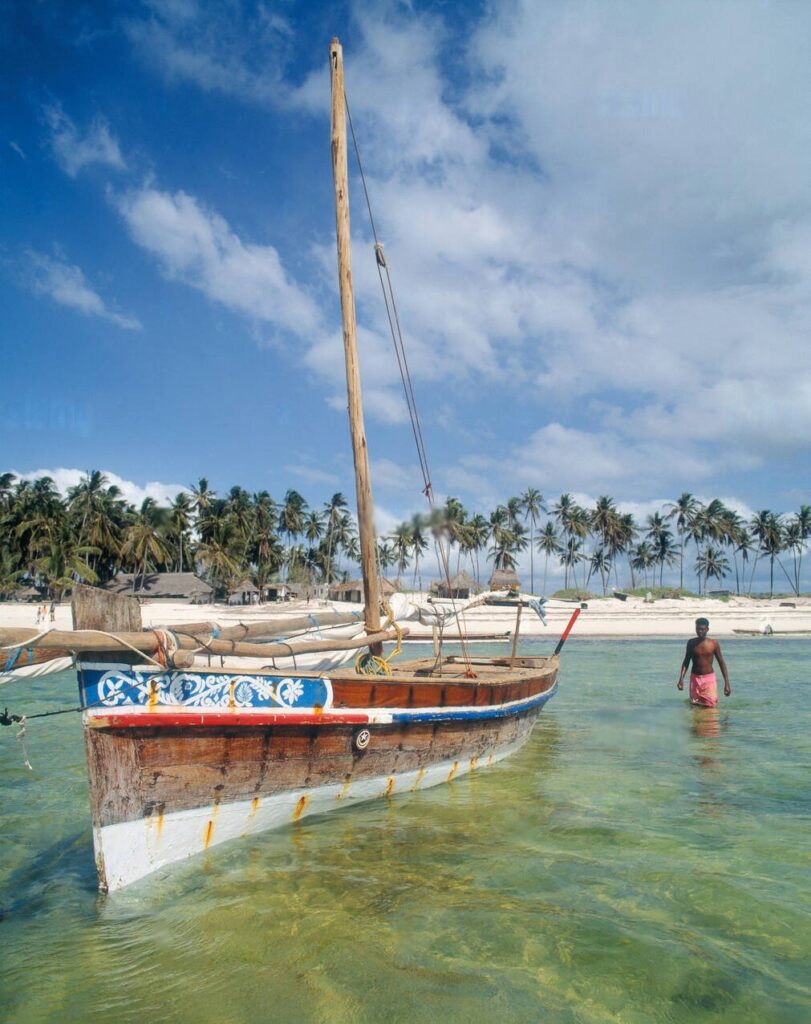
Watamu has earned international recognition for its turtle conservation initiatives. The local Watamu Turtle Watch has protected over 10,000 turtle nests and rehabilitated hundreds of injured sea turtles. Visitors can participate in turtle releases, a profoundly moving experience as these ancient creatures make their way back to the ocean.
Kenya City tour
Kenya’s vibrant cities, from the bustling metropolis of Nairobi to the historic coastal charm of Mombasa, offer travelers an authentic urban experience with diverse cultural attractions, making them must-see places to visit in Kenya for those wanting to understand the country’s dynamic modern identity.
Nairobi
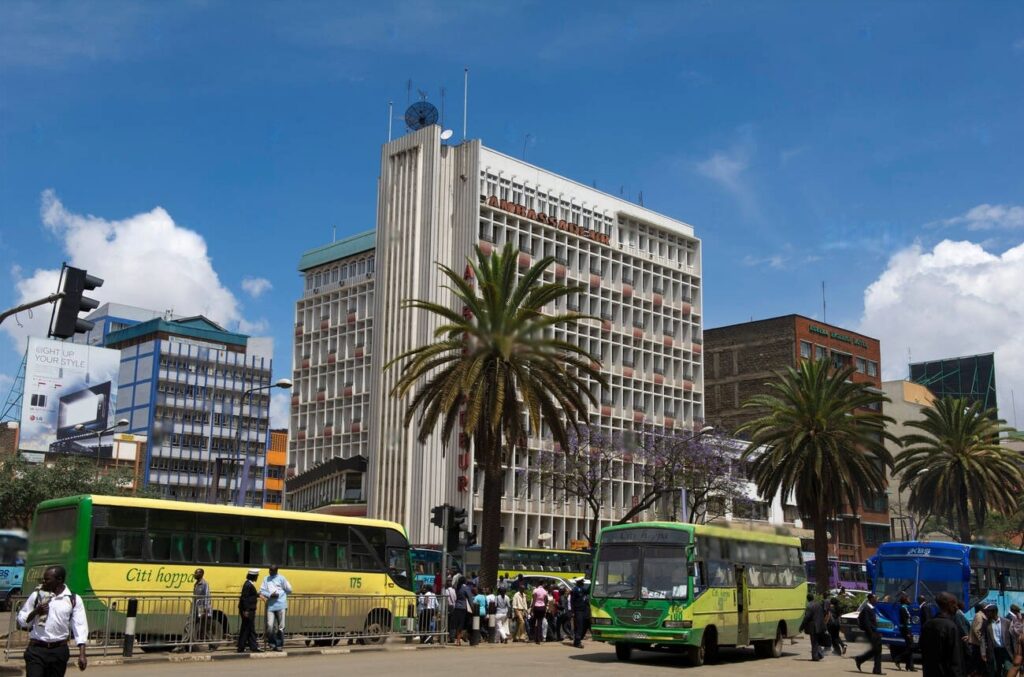
Nairobi defies expectations as a capital city where wild and urban worlds collide. Nairobi National Park, just 7 kilometers from the city center, allows visitors to photograph giraffes and lions with skyscrapers in the background. The city pulses with entrepreneurial energy, hosting hundreds of tech startups that have earned it the nickname “Silicon Savannah.”
Mombasa

Mombasa, Kenya’s oldest city, has been a cultural crossroads for over a thousand years. Fort Jesus, built by the Portuguese in 1593, stands as a monument to the city’s strategic importance on ancient trade routes. The Old Town’s narrow streets reveal a fascinating blend of Arab, Portuguese, British, and Indian influences in its architecture and cuisine.
Kisumu
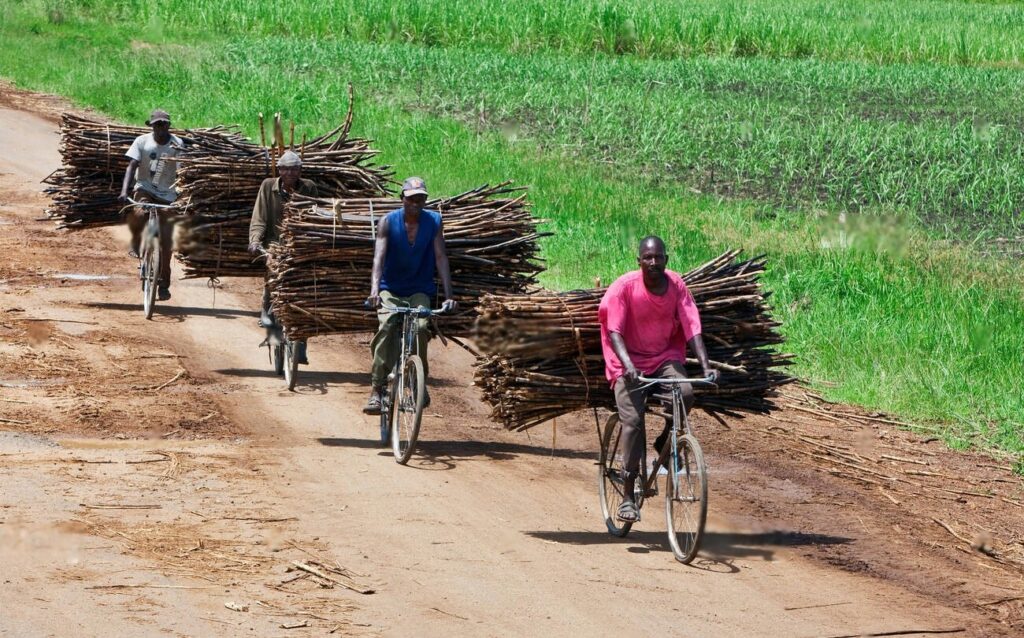
Kisumu, nestled on the shores of Lake Victoria, offers insights into Kenya’s freshwater ecosystems. The lake, Africa’s largest, supports over 500 fish species, many found nowhere else on Earth. The city serves as a gateway to understanding the complex ecology of this massive water system and the communities that depend on it.
Kenya’s urban art scene has exploded in recent years. Nairobi’s GoDown Arts Centre and numerous galleries showcase contemporary African art that challenges perceptions and addresses social issues. Street art brightens city walls, while fashion designers blend traditional textiles with modern sensibilities, creating distinctly Kenyan expressions that influence global trends.
Indigenous Community of Kenya
Kenya’s indigenous communities, such as the Maasai, Samburu, and Turkana, welcome visitors to experience their rich cultural traditions and ancient ways of life, providing some of the most meaningful and authentic places to visit in Kenya for travelers seeking genuine cultural exchange.
Maasai

Kenya’s cultural landscape is as diverse as its natural one, with over 40 distinct ethnic groups, each with unique traditions and contributions. The Maasai, perhaps Kenya’s most internationally recognized community, have maintained many traditional practices while adapting to contemporary realities. Their sustainable pastoralist lifestyle and distinctive dress continue to influence global fashion and design.
Kikuyu
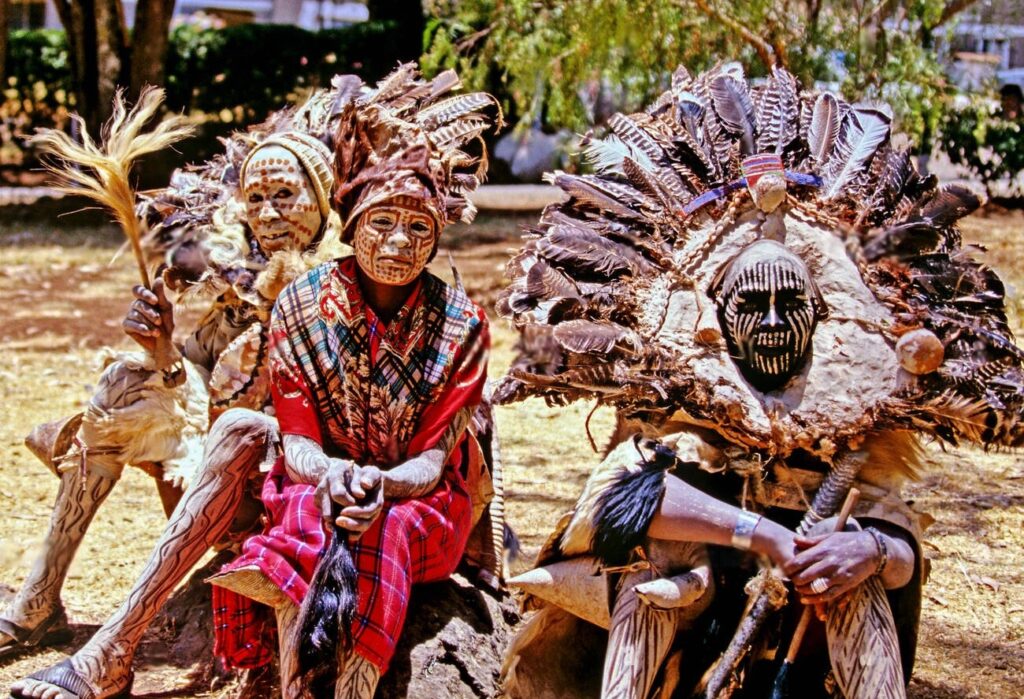
The Kikuyu, Kenya’s largest ethnic group, have played a central role in the country’s political development and agricultural practices. Their terraced farming techniques, developed over centuries, represent indigenous knowledge that’s increasingly valued as sustainable agriculture gains global importance.
Kenya’s musical traditions have significantly shaped global music. The distinctive beats of benga music influenced Paul Simon’s “Graceland” album, while Kenyan artists like Ayub Ogada have collaborated with Western musicians to create groundbreaking fusion styles. Traditional instruments like the nyatiti (eight-stringed lyre) continue to evolve in contemporary compositions.
Kenyan craftsmanship displays extraordinary diversity from intricate Kisii soapstone carvings to vibrant Maasai beadwork and Swahili furniture inlaid with brass and camel bone. These aren’t merely tourist souvenirs but living artistic traditions that continue to develop with each generation.
Kenya Mountains
Kenya’s majestic mountains, including the snow-capped Mount Kenya and the volcanic Mount Elgon, offer breathtaking landscapes and challenging hiking trails, making them extraordinary places to visit in Kenya for adventure seekers and nature enthusiasts alike.
Mount Kenya

Mount Kenya, Africa’s second-highest peak, creates its own ecosystem. As you ascend its slopes, you pass through distinct ecological zones – from farmland to rainforest, bamboo groves, heather moorlands, and finally the otherworldly alpine zone with its giant groundsels and lobelias that look like plants from another planet. The mountain hosts over 800 plant species found nowhere else on Earth.
The Great Rift Valley
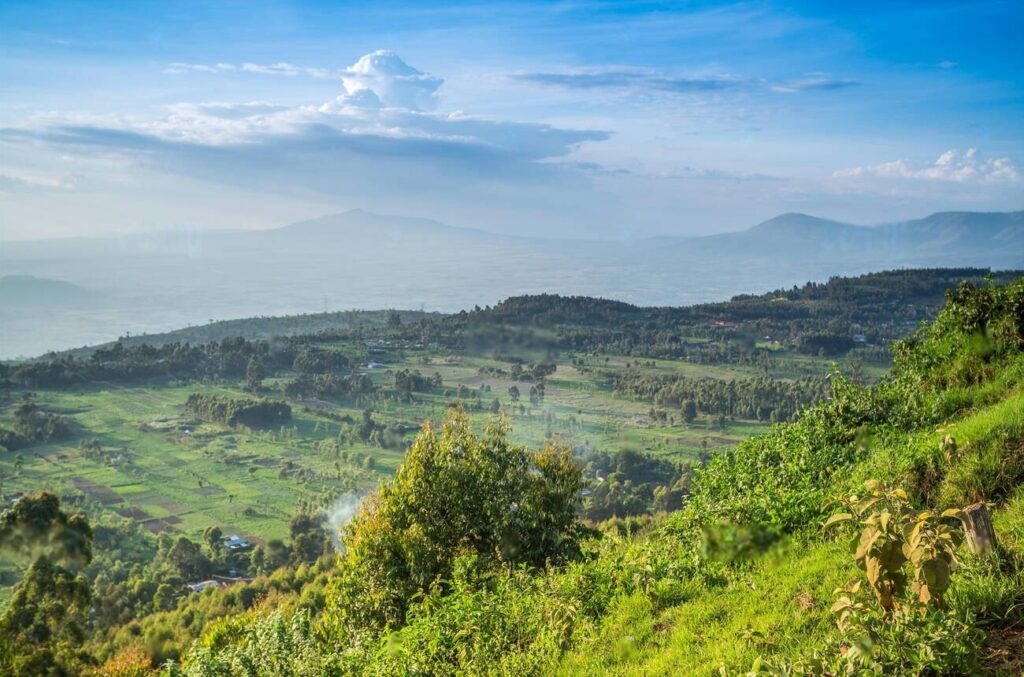
The Great Rift Valley slices through Kenya like an ancient wound in the Earth’s surface. This massive geological feature, visible from space, represents the boundary where the African continent is slowly splitting apart. The valley floor contains a string of lakes, each with unique chemical compositions that support specialized ecosystems from the freshwater Lake Naivasha with its hippo populations to the intensely alkaline Lake Magadi where flamingos thrive.
Kenya’s tea highlands present a mesmerizing landscape of emerald-green bushes following the contours of rolling hills. Beyond their aesthetic appeal, these plantations represent Kenya’s position as the world’s third-largest tea exporter. Many estates have pioneered sustainable and fair-trade practices, improving both environmental outcomes and workers’ lives.
Aberdare Range

Kenya’s forests serve as vital water towers for the nation. The Aberdare Range, covered in mist-shrouded montane forest, captures rainfall that feeds Kenya’s major rivers. These forests host unique wildlife, including the endangered bongo antelope and spectacular birds like the Hartlaub’s turaco with its electric-blue wings.
Riyanka’s Kenya Visit Story
Riyanka’s face lit up with wonder as she witnessed her first Kenyan sunset over the savanna, confirming that it is truly one of the most awe-inspiring places to visit for those who is experiencing the magic of Africa for the first time.
“Honestly, when we think of Kenya, the first thing that comes to mind is probably elephants, giraffes, zebras, and lions! It’s no surprise – that’s the image we’ve seen since we were kids, and it sticks with us. But when I visited this stunning East African country, I was amazed by its beauty. I was surprised to find out that Kenya has so much more to offer beyond just its wildlife and wilderness!”-Riyanka
(Read Full Experience Over Here)
Kenya is important for World!
Kenya’s conservation model has influenced wildlife protection worldwide. The country pioneered community-based conservation, where local communities directly benefit from and participate in protecting wildlife. This approach has been adopted across Africa and beyond, recognizing that conservation succeeds only when people living with wildlife benefit from its presence.
Kenya’s cultural exports have shaped global perceptions of Africa. From acclaimed authors like Ngũgĩ wa Thiong’o and Meja Mwangi to Oscar-winning actress Lupita Nyong’o, Kenyan voices have challenged stereotypes and expanded the global conversation. Kenya’s runners have dominated international athletics for decades, with marathon champions becoming national heroes and international icons.
Scientific research in Kenya has yielded critical insights across disciplines. Paleontological discoveries in the Turkana Basin continue to rewrite human evolutionary history. The Kenya Medical Research Institute leads groundbreaking work on tropical diseases, while ecological research in Kenya’s diverse habitats advances understanding of climate change impacts.
Looking forward, Kenya is positioning itself at the forefront of sustainable development. The nation has committed to generating 100% of its electricity from renewable sources by 2030, with geothermal power from the Rift Valley already providing over 40% of the country’s electricity needs – the highest percentage of geothermal energy use in the world.
Conclusion
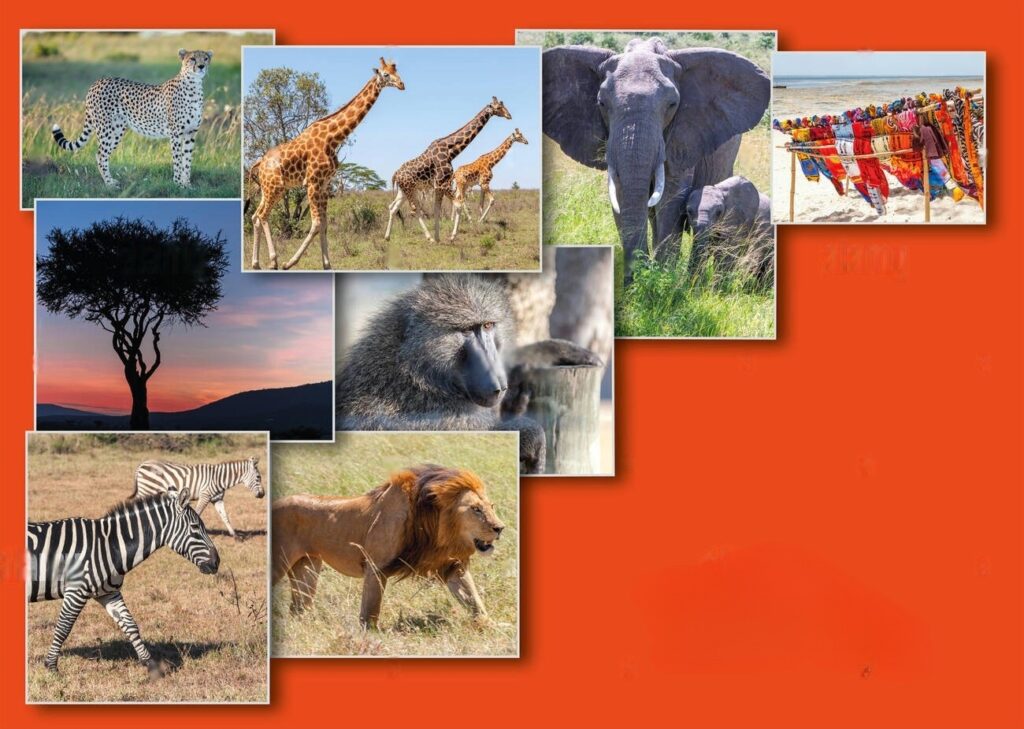
Kenya defies simple description. It’s a nation where ancient traditions thrive alongside cutting-edge innovation, where you can witness wildlife spectacles unchanged for millions of years and then share your photos instantly via one of Africa’s best mobile networks.
The magic of Kenya lies not just in its spectacular landscapes or abundant wildlife, but in how these elements combine with human culture to create experiences that transform visitors. Something happens to people in Kenya –perspectives shift, priorities clarify, and connections deepen.
Whether you’re watching the sun rise over the Masai Mara, conversing with innovative entrepreneurs in Nairobi, learning traditional crafts in a coastal village, or simply enjoying the legendary warmth of Kenyan hospitality, you’re experiencing a place that changes you. And isn’t that the true purpose of exploring our world? Not just to see new places, but to become new people.
Kenya invites you to discover not only its wonders but perhaps also parts of yourself you haven’t yet met.





